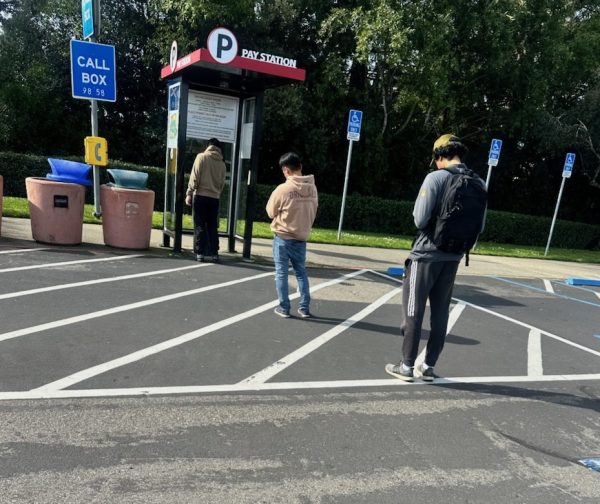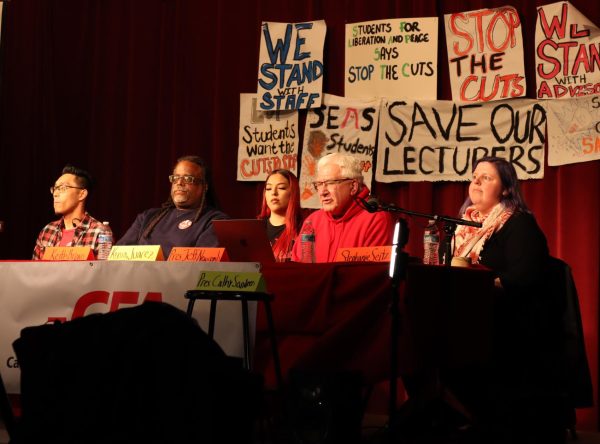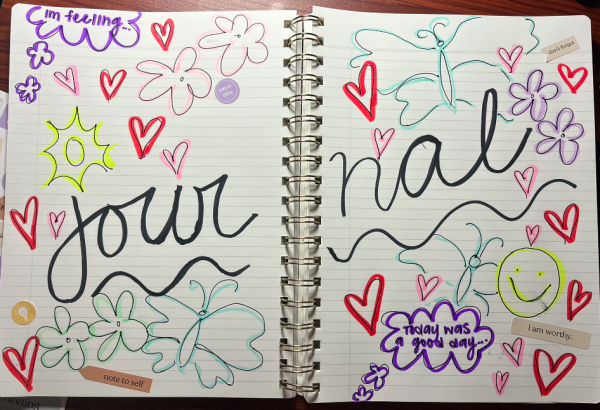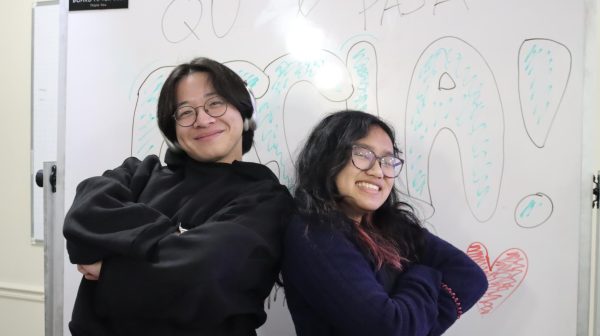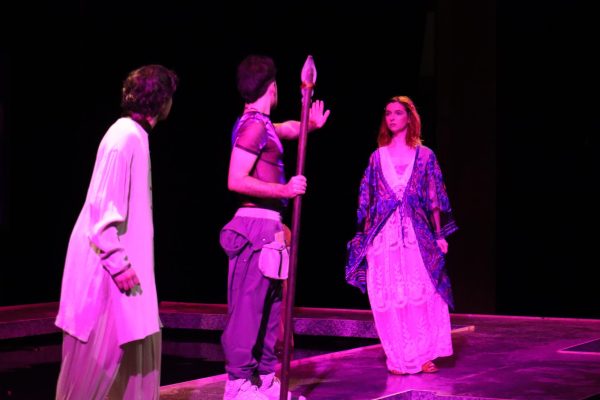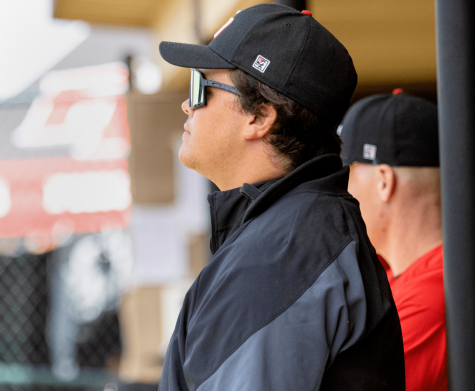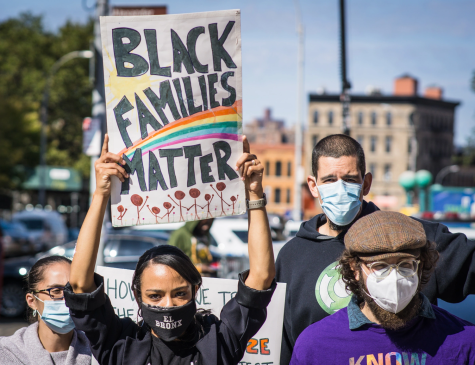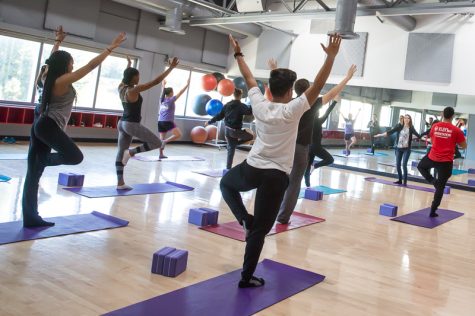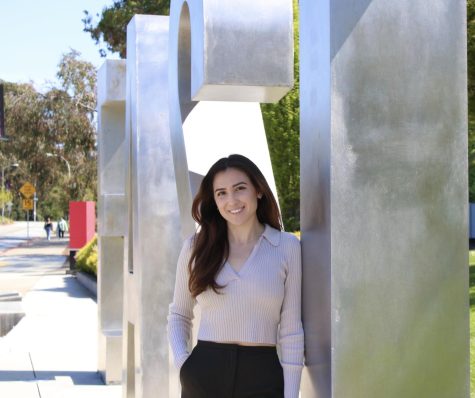Dread the overflow lot: Rocky road to student parking
Driving down the entrance to the overflow parking on the corner of Harder and Loop roads is smooth, until your car physically enters the lot.
As soon as your tires touch the rocky road, a pothole greets you. If you washed your car recently, prepare for the dust clouds that are kicked up all day long by drivers pulling in and out of the lot to eventually coat your vehicle completely. Finding a parking spot is a slow roundabout of guessing where you will fit best — you have to estimate the space between vehicles since there are no painted guidelines.
Like me, you might even be scared of popping a tire by the sound of the rocks crumpling beneath them as you creep through the lot.
Furthermore, the warning “All vehicles must be out by 5:00 p.m.” means that if you have a night class that runs later, at some point you will have to move your car. The lot doesn’t have overhead lights and it becomes difficult to navigate in the dark. I’ve witnessed people slip almost every day while walking and I am guilty of it too. In spite of all this, it’s the closest parking lot to Meiklejohn Hall and a savior when the other lots are full. Given all this, my question is simple: why not pave it?
It’s been here a while. The overflow was converted from a soccer practice field in 2014 to provide extra parking for the first two hectic weeks of a quarter, according to Derrick Lobo, manager of parking services at Cal State East Bay. Each time a new quarter starts, students fill up all of the general parking lots when trying to find their classes, get their books and buy their parking permits. To accommodate the parking demand, the overflow lot became open year-round because so many students use it.
It would have been most logical to pave this lot at the same time that parking lots A and B were upgraded, but that didn’t happen.
“There is no plan to pave the overflow parking lot. There would need to be Environmental Impact Studies done,” said Lobo. “[This study] deals with storm drains and current bioswales which remove silt and pollution from runoff water on the surface and lead into the bay.” Anytime an infrastructure development is proposed, it is required by law to have an assessment of the positive and negative impacts the project will have on the environment.
Even though we have to stick with the rocky road for now, we are not completely out of luck. The lot is going to be upgraded right after graduation in the spring, according to the parking department.
It will be extended from 220 to 320 spaces, potholes will be filled and wooden logs are going to be put in place to designate parking spaces because painted parking lines typically don’t last longer than a week, according to Lobo. Development for this first improvement is scheduled to start after spring quarter and is projected to be finished before the start of fall quarter 2017. It will cost approximately $139,000 dollars.
According to Lobo, there are future plans to build additional housing units near the Pioneer Housing residence halls and on the current site of the overflow lot. They will reportedly be built with a parking structure near lot C1.
As for the time limit on the parking lot, the 5 p.m. cap is due to a lack of proper lighting, poor patrol visibility and general safety concerns, according to the University Police Department. However in summer, the sun goes down well after 5 p.m., so the cap should be moved accordingly to accommodate the students who have late-night classes.
There are measures that need to be taken in order to pave the overflow lot, but students pay a minimum of $6,000 dollars for tuition per academic year at East Bay, according to the CSU Budget Office. The money from students should be put toward improving services and other resources on campus that serve students best, like paving this lot that students use everyday in order to make it less dangerous and more accessible.



